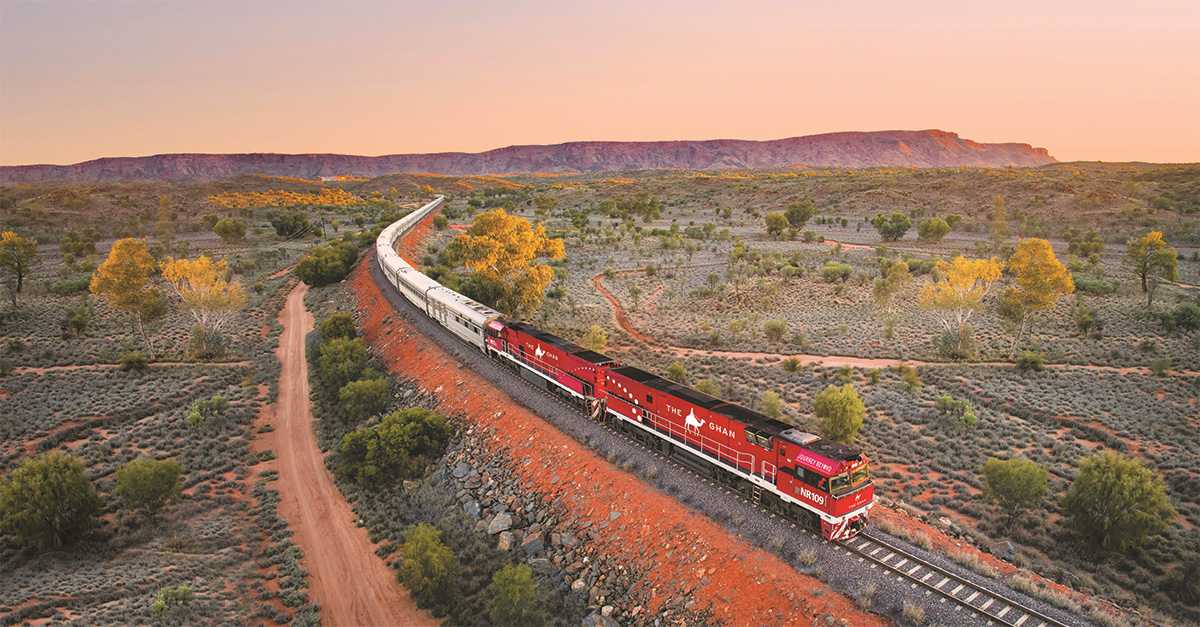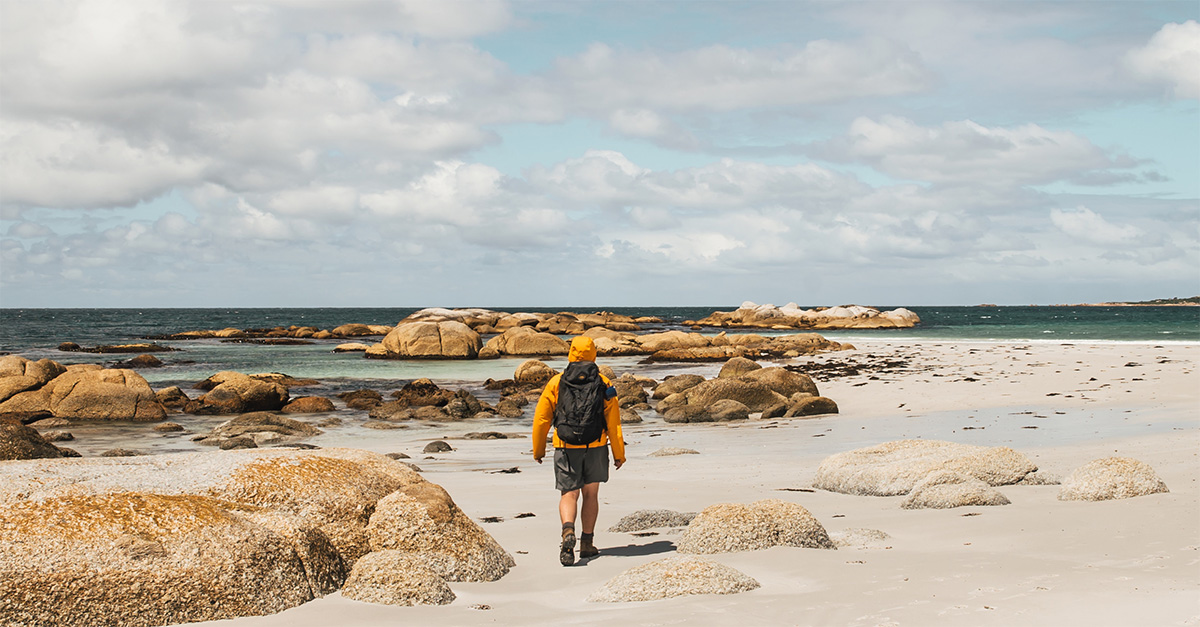The trek to Machu Picchu is on many travellers’ wishlists. Ben Lerwill helps you find the right version for your client
Like this and want more details? Click here to download and save as a PDF.
We’d been walking the trail through the mountains for more than a week when Machu Picchu finally appeared. The trek had been a long but uplifting one – full of blue skies and yawning valleys, campsite stews and Incan ruins – and the end was now in sight.
Dozens of lofty peaks were spread before us, and Peru’s fabled lost city was perched dramatically in their midst. Our walking poles, hewn from trailside trees earlier in the week, were raised in triumph.
Long-distance hiking in the Andes doesn’t tend to be lightly undertaken. Seven of us had done the trail together, assisted by two guides, two cooks, four mule drivers and a team of some 15 mules.
We’d walked the Choquequirao Trail, a longer version of the classic Inca Trail and one of the many alternative hikes – almost all of them culminating at Machu Picchu – now on offer from tour operators.
We’d camped en route. The long ascents had been tough at times, and I’d certainly recommend a good base level of fitness for this particular trek, but it had been a deeply exhilarating walk.
The Classic Version
As is common with the vast majority of treks here, our journey had begun in the city of Cusco. Formerly the capital of the Inca Empire – which in its 16th-century pomp stretched from central Chile all the way to Ecuador – it remains a colourful place.
It’s still possible to visit several monuments from the days before the Spanish arrived, including the remarkable Saksaywaman fortress above town. The city has long been geared to visitors, with an airport and a ready supply of hotels, restaurants and souvenir shops.
For many hikers who come here, the chance to walk the classic Inca Trail is the main draw. It’s by far the best-known trek on offer, both in the Cusco region and South America as a whole.
It’s a beautiful four-day, three-night walk, covering just 23 miles but encompassing jungle, cloud-forest and spectacular Andean panoramas, as well as a number of historical remains. It follows a trail formerly used by the Incas themselves, and finishes with a descent to Machu Picchu from the Sun Gate, a mountain pass with a classic view.
Unsurprisingly, perhaps, the trek has also become oversubscribed. Numbers on the trail have grown so much in past decades that authorities have restricted the number of hikers starting out to 500 per day.
There’s a permit system, making advance booking essential – these permits are generally purchased by operators and local guides, then sold as part of a package.
It’s no longer possible to hike the trail independently, and porters are employed as a matter of course to carry camping equipment and food.
The main hiking season runs from May to September, and the classic trek is offered as an option by many UK tour operators, including regional specialists such as Journey Latin America and adventure operators such as Intrepid Travel.

Alternative Trails
For visitors keen to experience the region’s momentous scenery, hike on centuries-old trails and still see Machu Picchu, there are some superb alternatives to the classic route. The Choquequirao Trail – which I organised through KE Adventure Travel, which offers agents commission on bookings – is a prime example.
Its lack of crowds is just one advantage. The trail snakes through diverse landscapes, with glacier-topped mountains an almost permanent backdrop, and makes its way to Machu Picchu via the ruins of Choquequirao, another remote Inca-era city.
Another notable, and uncongested, option is the cleverly conceived Community Inca Trail, offered by Dragoman. It takes between three and four days and includes some classic Andean vistas, as well as granting walkers the chance to spend time in villages each day.
KE Adventure Travel and Exodus both offer extended versions of the classic route, with several days of quieter mountain hiking before joining the Inca Trail proper.
Perhaps the best established of the alternative Inca Trails, however, is the five-day Salkantay Trek. It follows another ancient footpath and rises to a height of 4,600 metres, travelling through some epic scenery.
Walkers not keen on camping will find it of particular interest, thanks to the presence of the Mountain Lodges of Peru, four high-comfort, heated lodges situated en route. Rainbow Tours offers this option.
The treks all finish with the chance to visit Machu Picchu, although be aware that – other than the classic trail – they don’t arrive via the Sun Gate (which can still be walked up to, if desired). It’s also sensible to note that all treks are at least partly at high altitude.
None of which changes the fact that any walking trail through the region is likely to be a vastly memorable experience. Clients with kids shouldn’t feel left out either – Explore has a family Inca Trail departure on the classic route for those aged 11 and older.

Trek-free Choices
Of course, it’s not obligatory to hike to see Machu Picchu. Hundreds of thousands of people visit every year without going anywhere near a tent or a pair of walking boots.
The site may be remote, but it benefits from a finely oiled tourist infrastructure, with buses shuttling visitors on a 20-minute journey to and from the ruins, from the nearby town of Machu Picchu Pueblo (formerly known as Aguas Calientes).
Packed with hotels, clothing stalls and tourist restaurants, the town lacks an authentic Peruvian feel but is nicely set up for short-term visitors.
Notable accommodation options include the 60-room Sumaq Machu Picchu Hotel, or for visitors looking to be as close as possible to the main attraction, the upmarket 31-room Belmond Sanctuary Lodge is the only property adjacent to the ruins.
With the release of the new Paddington movie, fans may be keen to see the critically endangered spectacled bears. Guests at the 85-apartment Inkaterra Machu Picchu Pueblo Hotel can combine the two, with access to the nearby Inca site, and a visit to the Inkaterra Machu Picchu Spectacled Bear Project, where bears harmed by human impact are reintroduced to their mountain habitat.
Reaching the Machu Picchu region is best done by rail. Luxury-seekers will enjoy the 1920s-style Hiram Bingham train (pictured below), which runs a three-hour journey from the Cusco area and offers quality dining and an observation car. A large number of standard rail services also operate.
Make sure that train tickets and Machu Picchu passes (officially, up to 2,500 people can visit the site daily) are both purchased well in advance so clients aren’t disappointed.





